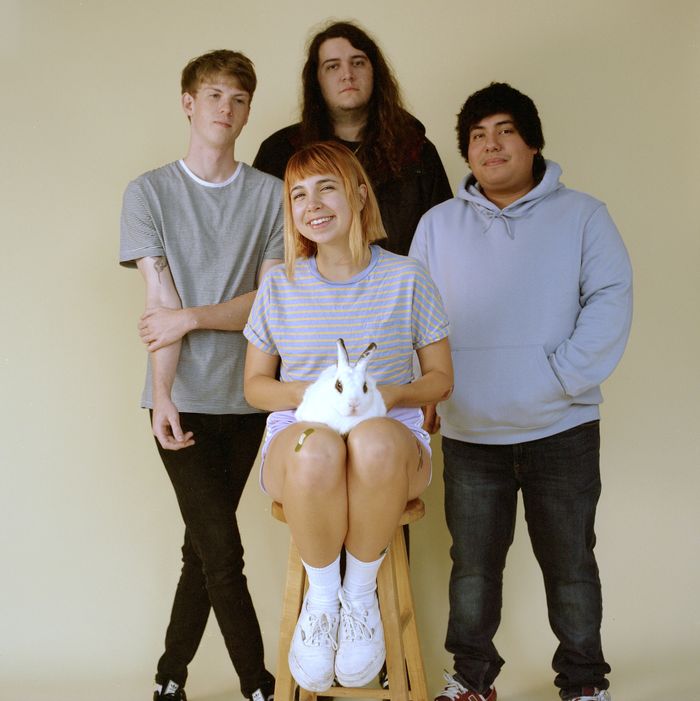
The diverse and all-inclusive ethos of neoperreo and its subsequent parties empowered a new generation of Internet-savvy hustlers to broadcast their increasingly polished productions across SoundCloud, YouTube and rapidly democratizing dance floors around the world. The high priestess of neoperreo hit the scene halfway through the decade, going viral from her bedroom in the Northern city of Iquique with anthems like “Tu Señora” and “Bonnie N Clyde” – which injected refreshing DIY grit into a sanitized pop-reggaeton landscape led by the likes of J Balvin and Ozuna.

While the early years of the Chilean wave were defined by disco-soaked synthpop, younger voices began echoing the global rise of urbano, most notably with the perreo-revolutionizing emergence of Tomasa del Real. So where do the indie OGs end and the new guard begin? The safest bet would be the dance floor. Following in the steps of giants, the end of the 2010s was largely shaped by a new generation of artists grappling with shifting cultural and political tides, – armed with new promotional tools, fresh perspectives and the revolutionary spirit that has burned in Chilean music since the 1960s. However, much has changed since our ears and minds were first blown by the likes of Javiera Mena, Gepe and the several other visionary art kids that made Chile a beacon of evocative fusions and eerily relatable storytelling. Chilean indie is no doubt one of the most influential Latin American waves in recent memory, blasting a small, fledgeling creative ecosystem onto the global stage with cinematic synthpop operas, conscientious rap diatribes and more avant experimentation than a Björk album cycle. As the sun rises on the ‘20s, music heads around the world have plunged deep into our feelings reminiscing on the highs, lows and defining sounds of the past decade.


 0 kommentar(er)
0 kommentar(er)
